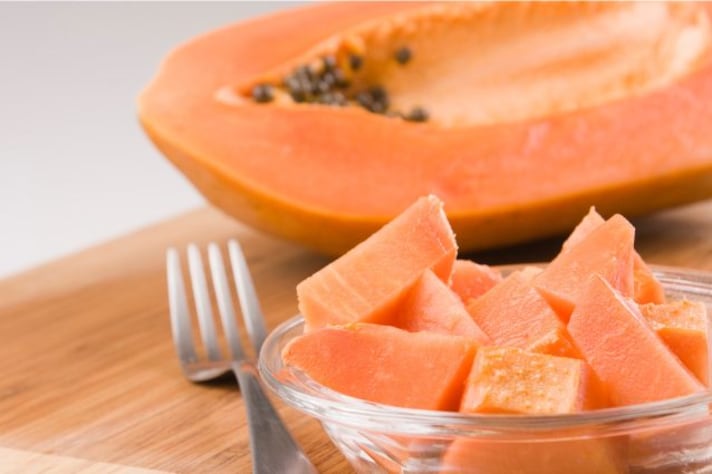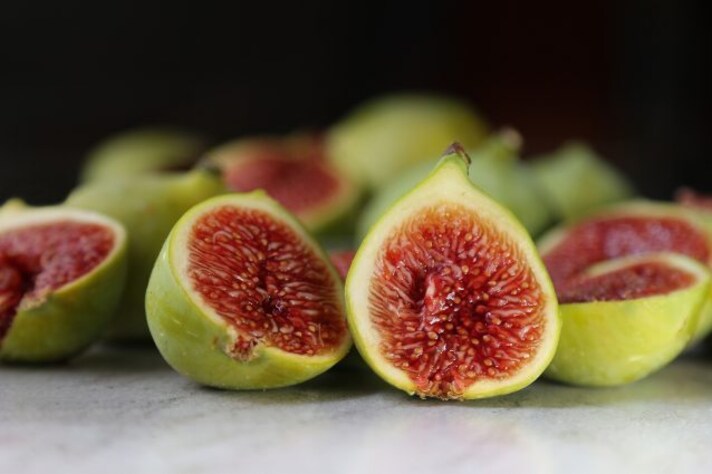
Fruit is often the go-to for a natural snack, but not all fruits are created equal when it comes to sugar. While they offer valuable nutrients, such as fibre, vitamins, and antioxidants, fruits can contain vastly different amounts of sugar. Understanding which fruits have the most or least sugar can help you make better choices for a well-balanced diet.
5 Low-Sugar Fruits for a Healthier Choice
For those looking to limit sugar intake, there are fruits that offer all the nutritional benefits they are known for without the high sugar content. Here are a few low-sugar options:
- Berries (Strawberries, Blackberries, Raspberries): These berries average between 4 to 7 grams of sugar per cup and provide a satisfying tartness with plenty of fibre.
- Avocado: Surprisingly, avocado is a fruit—and it’s extremely low in sugar, with less than a gram per serving! Plus, it’s rich in healthy fats, which makes it an excellent addition to salads and spreads.
- Lemons and Limes: These citrus fruits contain about 1 to 2 grams of sugar per fruit and add a refreshing flavor to water, dishes, and desserts without a sugar spike.
- Papaya: With roughly 6 grams of sugar per cup, papaya is a tropical option with a milder sugar content.
- Watermelon: This refreshing fruit contains about 6 grams of sugar per cup and is naturally hydrating.

High-Sugar Fruits to Enjoy in Moderation
Some fruits are nature's candy, bursting with sugar due to their ripeness and variety. To enjoy these fruits without overdoing it, try pairing them with low-sugar fruits or savor them in moderation. Here are a few high-sugar fruits to watch out for:
- Mangoes: With around 23 grams of sugar per cup, mangoes are one of the highest-sugar fruits. While packed with vitamin C and beta-carotene, they can easily add a sweet punch to your diet.
- Grapes: This small fruit packs about 15 grams of sugar per cup. Red, green, or black, grapes are loaded with natural sugars and can be particularly sweet.
- Cherries: With roughly 18 grams of sugar per cup, cherries are another deliciously sweet fruit. They’re also rich in antioxidants, making them a popular but sugar-heavy choice.
- Bananas: Containing around 14 grams of sugar per medium fruit, bananas are a popular, energy-boosting option.
- Figs: Fresh figs contain about 16 grams of sugar per cup, making them one of the sweetest fruits.

Why Sugar Content in Fruit Matters
While fruit sugar, or fructose, is natural, it’s still wise to be mindful of your intake. Excessive fructose can lead to issues like elevated blood sugar levels, particularly for those with conditions like diabetes. However, the fibre and water content in whole fruit help to slow down sugar absorption, making it a healthier choice than processed sweets. Balancing high-sugar and low-sugar fruits is a simple way to enjoy the benefits without overloading on sugar.
For lower sugar consumption, choose whole fruits over juices, add low-sugar fruits to your meals, and eat a mix of high-fibre foods to help regulate sugar levels naturally.
;Resize,width=767;)
